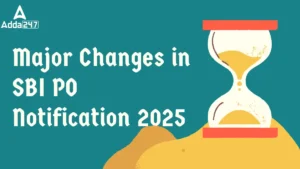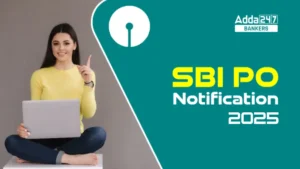Q1. In a company the use of price sensitive corporate information by the Company – people to make gains or cover losses is known as?
(a) insider trading
(b) future trading
(c) foreign trading
(d) stock trading
(e) None of the above
Q2. Which of the following cannot be called as a Debt Instrument as referred in financial transactions?
(a) Certificate of Deposits
(b) Bonds
(c) Stocks
(d) Commercial Papers
(e) None of the above
Q3. Which of the following committees has given its recommendations on “Financial Inclusion”?
(a) Rakesh Mohan Committee
(b) Rangarajan Committee
(c) Mishra Committee
(d) Mayaram Committee
(e) Sinha Committee
Q4. Which of the following correctly describes what sub-prime lending is?
I. Lending to the people with less than ideal credits status.
II. Lending to the people who are high value customers of the banks.
III. Lending to those who are not a regular customer of a bank.
(a) Only I
(b) Only II
(c) Only III
(d) All of the above
(e) None of the above
Q5. The actual return of an investor is reduced sometimes as the prices of the commodities go up all of a sudden. In financial sector this type of phenomenon is known is?
(a) Probability risk
(b) Market risk
(c) Inflation risk
(d) All of the above
(e) None of the above
Q6. In order to avoid crowding of customers wanting to withdraw cash in the branches, banks have provided many delivery channels. Which of the following is one of the most popular channels of getting instant hard cash?
(a) Core Banking Solution
(b) Pay Orders
(c) Demand Drafts
(d) Automated Teller Machines
(e) None of the above
Q7. When someone wants to open a new savings banks account, the bank asks him/her to bring various documents. Which of the following is one of these documents?
(a) Certificate of medical fitness
(b) Degree Certificate
(c) Proof of Residence & Identity
(d) All of the above
(e) None of the above
Q8. As we all know, when we deposit a cheque issued in our name in the bank, the bank always checks if the cheque has been crossed or not. Why is this done?
(a) It ensures that the money is deposited only in the account of the person in whose name the cheque has been drawn
(b) It is a process by which the person who has issued the cheque comes to know whether the cheque is encashed or not.
(c) The bank insists on it only when the party wants the payment immediately and that too in cash only
(d) This is the instruction of RBI that all the cheques of the amount of Rs. 10,000/- should be accepted only if they crossed.
(e) None of the above
Q9. Which of the following terms is NOT associated with banking operations?
(a) Repo Rate
(b) Prime Lending Rate
(c) Equator
(d) Corporate Finance
(e) None of the above
Q10. A student has got admission to a foreign university. From where can he/she get the foreign currency?
(a) From the Bank of that country only
(b) From the Ministry of Foreign Affairs
(c) From office of the Consulate General of the country
(d) From an authorized foreign exchange dealer
(e) None of the above
Q11. Which of the following statement is correct?
(a) bearercheque can be transferred with endorsement and delivery only
(b) ordercheque can be transferred with endorsement only
(c) After a blank endorsement on an order cheque, the cheque can be negotiated further with delivery only
(d) endorsement on a bearer cheque makes it an order instrument
(e) None of the above
Q12. Which of the following types of cheques can be endorsed?
(a) account payee cheques
(b) bearer cheques
(c) cheques payable to the order
(d) cheque with restricted endorsement
(e) None of the above
Q13. Which of the following cannot be endorsed?
(a) A fixed deposit receipt
(b) A bank draft
(c) A Promissory note
(d) A usance bill of exchange
(e) None of the above
Q14. Restrictive endorsement is one in which?
(a) Endorser endorses an instrument conditionally
(b) Endorser restricts the further transfer by the endorsee
(c) Endorser endorses in favour of endorsee for his particular work
(d) All of the above
(e) None of the above
Q15. Account payee crossing is an direction of the drawer to?
(a) To collecting banker
(b) To drawee banker
(c) To payee
(d) To all endorsees
(e) None of the above



 The Hindu Review October 2022: Download ...
The Hindu Review October 2022: Download ...
 Major Changes in SBI PO Notification 202...
Major Changes in SBI PO Notification 202...
 SBI PO 2024-25 Notification Out, Exam Da...
SBI PO 2024-25 Notification Out, Exam Da...




